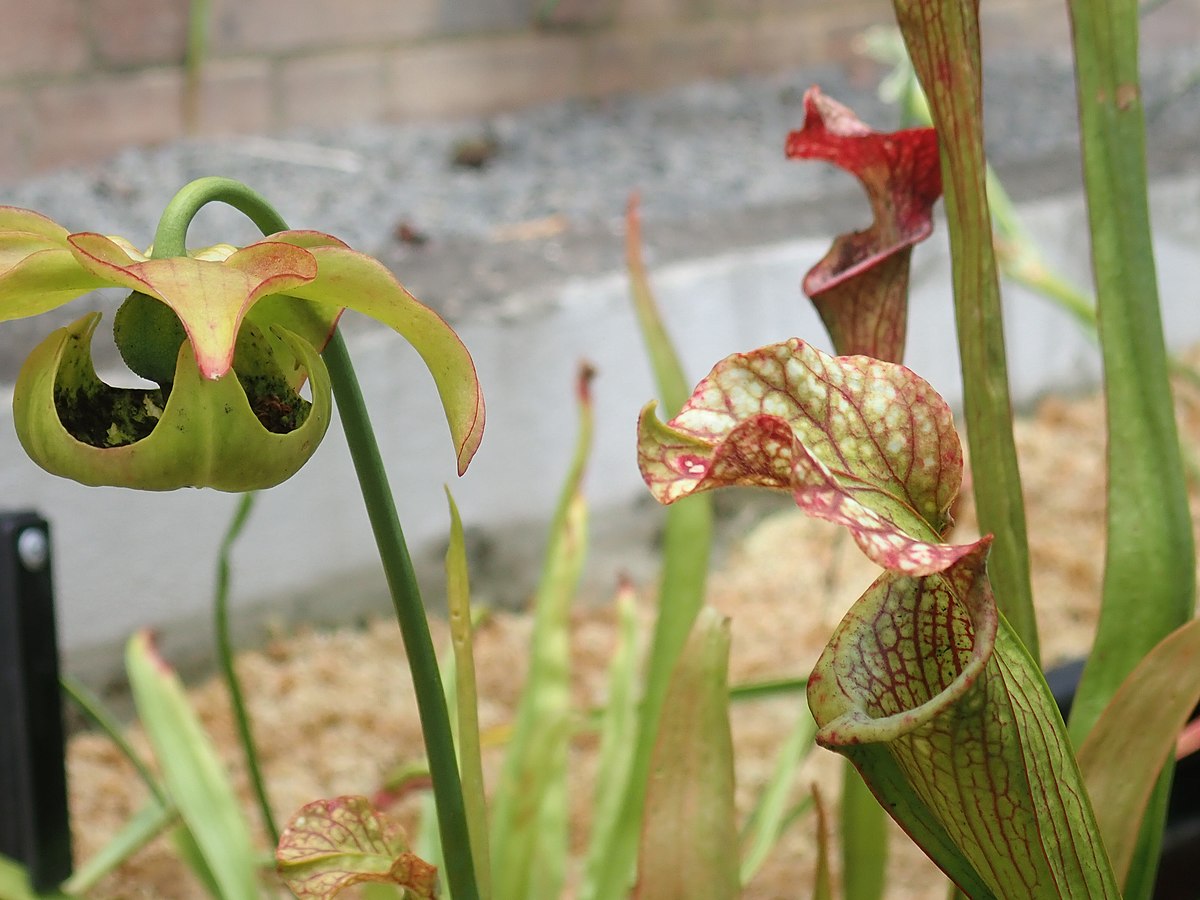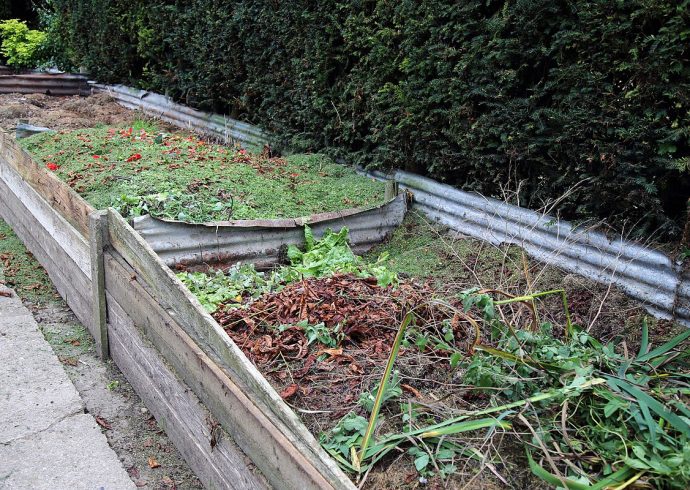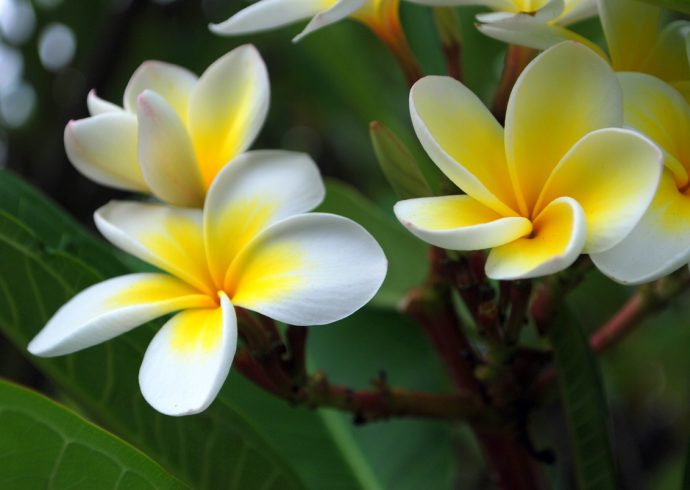
Growing a Nepenthe Plant
A nepenthe, or pitcher plant, is a member of the carnivorous plant family that acquires food through its pitfall trap. This trap is full of a sticky fluid that attracts insects and renders them helpless which the plant then consumes. The pitcher part of the plant is long and narrow, resembling a sack with an open lid at the top, hanging from a tendril. There are a number of pitcher plants that can be selected and as practical plants – they will keep your home free of insects – they can be interesting to grow as a houseplant. The pitcher plant is native to Southeast Asia and Indonesia.
As with all carnivorous plants, you will want to use nutrient poor soil for the plant. This soil can be purchased through a nursery or come from your backyard. A nepenthe will grow well only in nutrient poor soil as its diet will make up for the quality of the soil. Thus nutrients are acquired through diet, versus the soil, as with other plants. This plant has adapted itself to living in poor soil so that changing the soil quality is unnecessary and can even harm the plant. Once the plant has been potted, set it in front of a sunny window in your home. Pitcher plants love the warmth of the sun and will thrive. The plant can be moved away from the window after a few hours as too much sunlight is not good for the plant. Do not add fertilizer as this can damage the root system.
If there is a lack of insects in your home for the nepenthe to catch, you can transfer the plant to the outdoors. Set it in an area where insects may try to enter your home so that your plant will prevent them from getting inside. You can also feed the nepenthe raw meat such as lean steak in sliver sized pieces, and hamburger that is crumbled up. The nepenthe will also eat small animals so it is not a good idea to keep small pet rodents around because if they come too close to the plant, the plant will consume them. When the time comes to water the plant, use distilled bottles water instead of tap water. Tap water can be given to the plant but it is advised not to do it on a regular basis.
Once the plant dies it seeds. The seeds can be saved then sown into peat moss where they can germinate, provided they are kept in an area that receives a high degree of heat, like a sunroom. The seeds of the nepenthe germinate in about a month’s time, then they can be repotted into larger pots. Nepenthes can make great gifts to give to family members and friends.
Image Credit: MargaretRDonald, CC BY-SA 4.0, via Wikimedia Commons.


